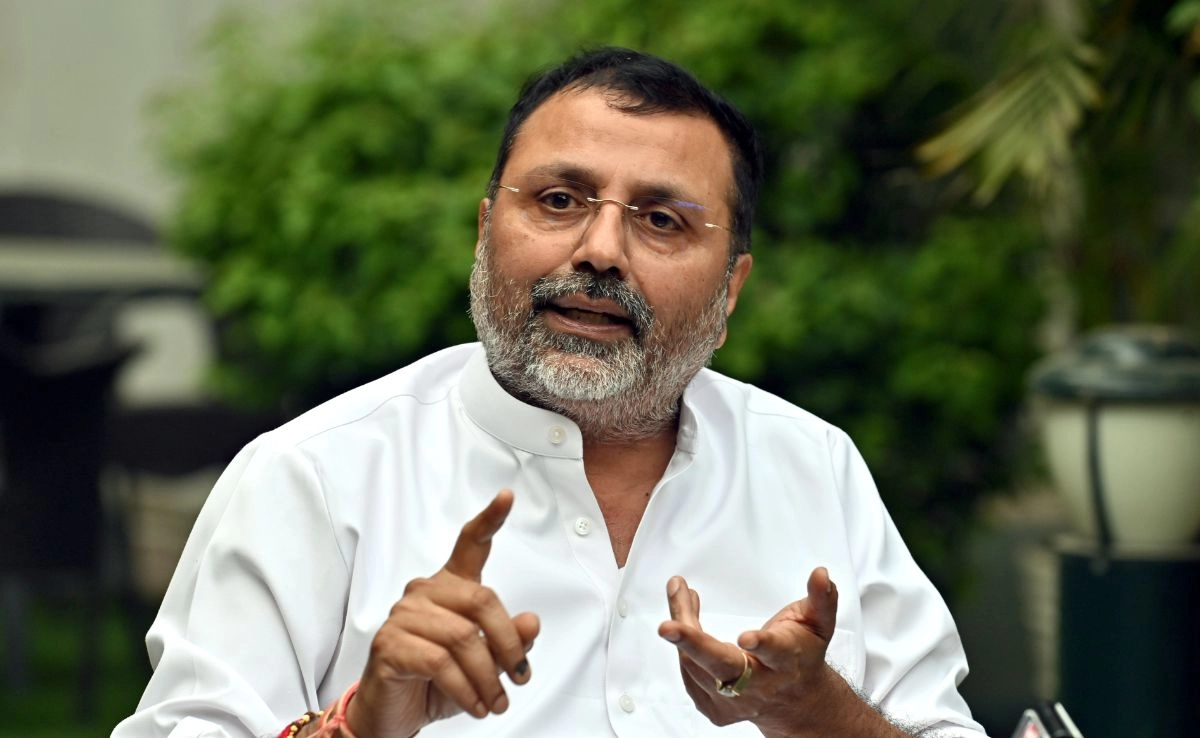The response time of ambulances in Delhi has become a pressing concern, as recent statistics reveal a significant increase in the duration it takes for emergency services to reach patients. In 2014, the average response time for ambulances was approximately 13 minutes, a figure that was considered acceptable for a metropolis of Delhi’s size and population. However, as of 2017, this response time has escalated, raising alarms among healthcare professionals and citizens alike. The growing delays in emergency medical response can have dire consequences, potentially jeopardizing the health and safety of individuals in critical situations.
Several factors contribute to this disturbing trend. Urban congestion remains a key issue, as the ever-increasing number of vehicles on the roads creates bottlenecks that hinder ambulance navigation. Additionally, infrastructural challenges such as poorly maintained roads and inadequate traffic management exacerbate the situation. This combination of high population density and infrastructural deficiencies results in ambulances struggling to reach their destinations promptly, which can ultimately affect patient outcomes during emergencies.
Moreover, the increase in response times has sparked discussions about the need for systemic reform in the emergency response framework within the city. Healthcare experts argue that improving ambulance services requires not only a reevaluation of current operational protocols but also significant investment in infrastructure. This includes enhancing road conditions, implementing better traffic management systems, and possibly increasing the number of ambulances to meet the rising demand for emergency services.
As Delhi continues to grow and urbanize, the importance of timely medical assistance cannot be overstated. The increase in ambulance response times serves as a wake-up call for policymakers and health officials to address these challenges. Ensuring that emergency services can respond swiftly and effectively is vital for saving lives and improving overall public health outcomes in the capital. The community deserves a robust emergency response system that meets the demands of its population, ensuring that help is always just a call away.




